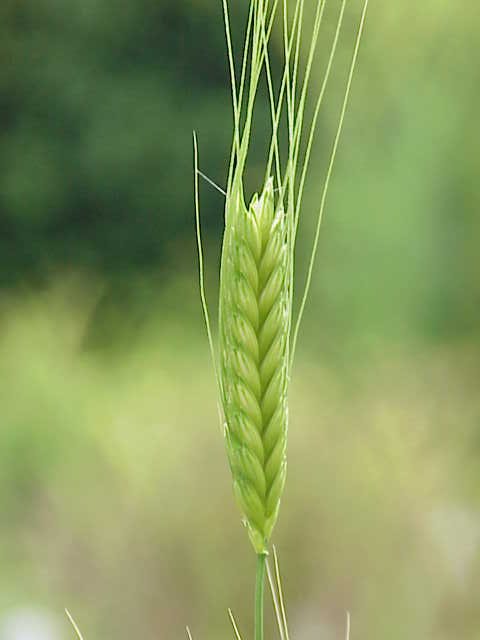13 week cooking course
- Introduction to Cooking
- Understanding Ingredients
- Making Breakfast
- Dinner Delights
- World Cuisine: Asia
- World Cuisine: Europe
- Baking and Bread Making
- Vegan and Vegetarian Cooking
- Gluten Free Cooking
- Healthy Eating and Nutrition
- Kitchen Finale and Consolidation
Gluten Free Cooking
Mastering Gluten-Free Desserts

Diet that excludes gluten.
Creating delicious gluten-free desserts can be a challenge, but with the right knowledge and techniques, it's entirely possible to make mouthwatering treats that everyone can enjoy. This article will guide you through the process, from understanding the challenges of gluten-free dessert preparation to learning how to make a variety of gluten-free desserts.
Understanding the Challenges
The main challenge in gluten-free baking is finding a suitable substitute for wheat flour, which provides structure and texture in traditional baked goods. Gluten, a protein found in wheat, rye, and barley, gives elasticity to dough, helping it rise and keep its shape. In its absence, baked goods can turn out dense and crumbly.
Overcoming the Challenges
To overcome these challenges, a combination of gluten-free flours and additives are used. Here are some commonly used ingredients:
-
Gluten-free flours: Almond flour, coconut flour, rice flour, and buckwheat flour are some of the most commonly used gluten-free flours. Each has its unique taste and texture, and often, a combination of these flours yields the best results.
-
Xanthan gum and Guar gum: These are used as binding agents to replace the elasticity that gluten provides. They help prevent the baked goods from becoming crumbly.
-
Eggs and Chia seeds: These are used as binders and can help provide structure to your baked goods.
Making Gluten-Free Desserts
Now that we understand the basics, let's dive into making some gluten-free desserts.
Gluten-Free Cakes
Gluten-free cakes can be just as fluffy and moist as their gluten counterparts. The key is to find the right balance of gluten-free flours and binders. For example, a combination of almond flour and coconut flour can create a light and fluffy texture, while adding xanthan gum can help the cake hold its shape.
Gluten-Free Cookies
For cookies, a blend of rice flour and almond flour can create a nice, crisp texture. Adding xanthan gum can help the cookies hold together, while adding extra butter can help keep them moist and flavorful.
Gluten-Free Pies
For pie crusts, a combination of almond flour and coconut flour can create a nice, flaky texture. Adding a bit of xanthan gum can help the crust hold together, while adding cold butter can help create a nice, flaky texture.
Using Gluten-Free Thickeners in Dessert Recipes
In addition to baking, gluten-free thickeners can be used in a variety of dessert recipes. For example, cornstarch and tapioca starch are great for thickening fruit fillings for pies and tarts, while agar-agar and gelatin can be used to set puddings and custards.
Gluten-Free Sweeteners
Just like in regular baking, you can use a variety of sweeteners in gluten-free baking. White and brown sugar, honey, maple syrup, and agave nectar are all great options. For a lower glycemic index, you can use sweeteners like coconut sugar or stevia.
In conclusion, gluten-free dessert making is an art that requires understanding the properties of gluten-free ingredients and how they interact. With practice and creativity, you can create a wide variety of delicious gluten-free desserts that everyone can enjoy.